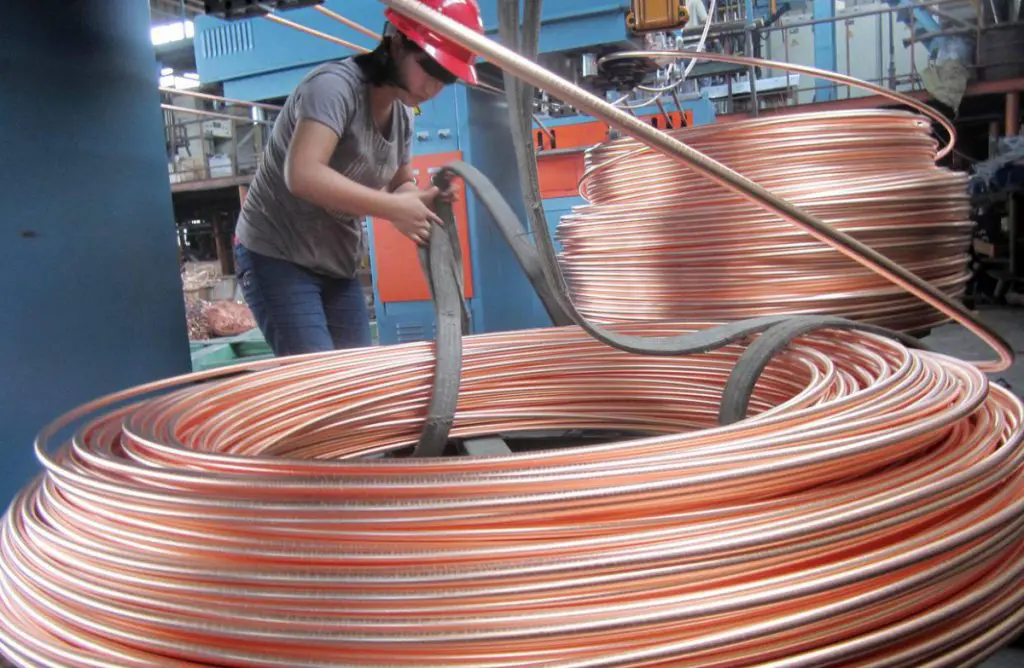Global – Scrap consumers in Russia, and especially those who deal in aluminium, have been rocked by the possibility that Kazakhstan will shortly impose export barriers on some types of scrap. ‘This is in obvious contradiction of many Customs Union regulations and other free trade agreements,’ it is argued. ‘Both the Russian and Kazakh scrap communities are against this initiative.’
The UK secondary aluminium sector, meanwhile, has struggled with the decline in the value of sterling which has followed the nation’s decision to leave the EU. ‘The Far East markets have suddenly become very competitive and the export market has not made life easy for the UK foundries,’ it has been reported.
Owing to ‘sluggish’ demand for scrap in Japan, ‘considerable’ quantities of aluminium scrap – mainly UBC – have been exported to countries such as South Korea and China. In the first half of 2016, Japanese aluminium scrap exports surged 12% year on year to 81 551 tons.
Demand for aluminum scrap has also been below normal in Mexico owing to a more pronounced seasonal decline in vehicle production, an abundance of primary aluminium and ‘the healthy availability of imported scrap’.
And from the USA, it has been reported that sheet and cast aluminium have been hard to find ‘as Zorba prices in May and June made it more attractive to shred the metal’, although it is thought subsequent price developments may reverse the trend in the near future.
The secondary metals market in India ‘isn’t exactly at full steam ahead’, according to local feedback. ‘Domestic aluminium scrap prices have gone down despite a resilient LME; the upcoming holiday season has slowed purchases of brass scrap in the Jamnagar area; and trading margins have become non-existent in copper.’
‘Challenging’ continues to be the word used to describe market conditions for scrap metal merchants in Australasia, with availability said to be ‘tight’ for some grades. The same adjective is employed for the business climate in South Africa where many works are on short time because of insufficient demand.
A slowdown in the Middle East, meanwhile, is attributed to Ramadan followed by the summer season; nevertheless, supply of scrap has been maintained at ‘a steady pace’, with LME prices said to have encouraged higher levels of export.
In Europe, the Benelux Countries report a large quantity of scrap units released into the various markets ahead of companies’ traditional clear-out of their warehouses prior to closing for the summer holidays.
Scrap activity levels have been shrinking in Germany of late, with shortages expected to emerge particularly for high-quality aluminium and copper scrap.
According to a report from the ministry of commerce in China, the country’s secondary resource market was ‘fragile’ last year amid falling prices and lower profits for related enterprises.
However, recycled non-ferrous metals volumes amounted to 8.76 million tons for a year-on-year gain of 9.8% whereas the overall value of recycled non-ferrous metals increased by 14% in 2015 to Yuan 139.56 billion.
In contrast, China’s non-ferrous scrap imports dropped 6.7% to 5.767 million tons.
This article is based on the latest Non-Ferrous Metals World Mirror produced by the BIR world recycling organisation for the benefit of its members.
Don't hesitate to contact us to share your input and ideas. Subscribe to the magazine or (free) newsletter.



